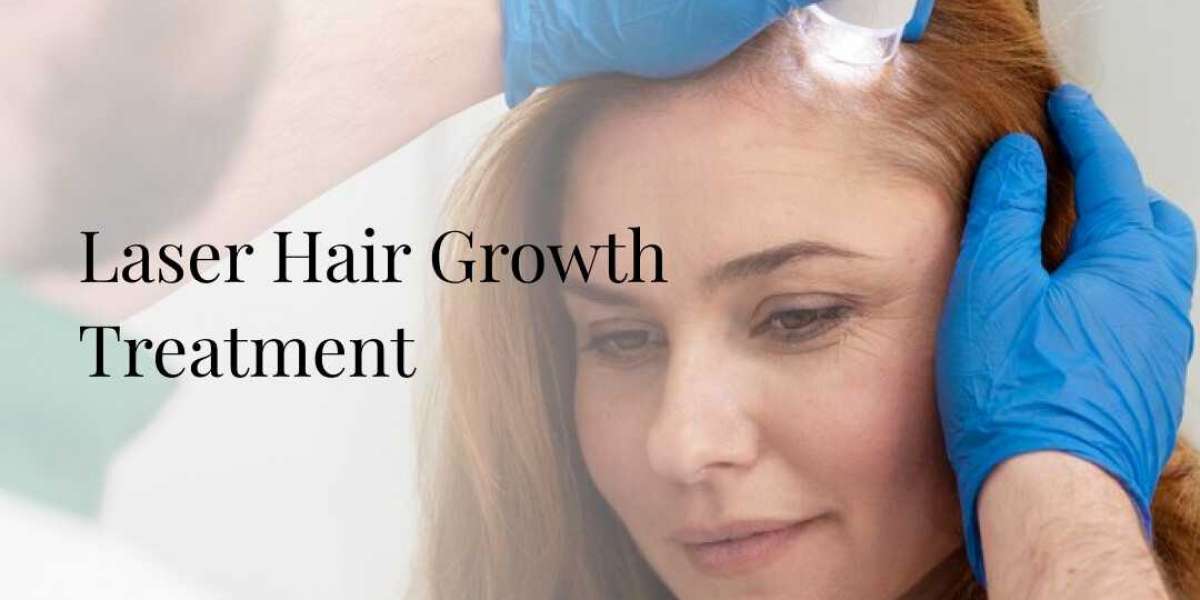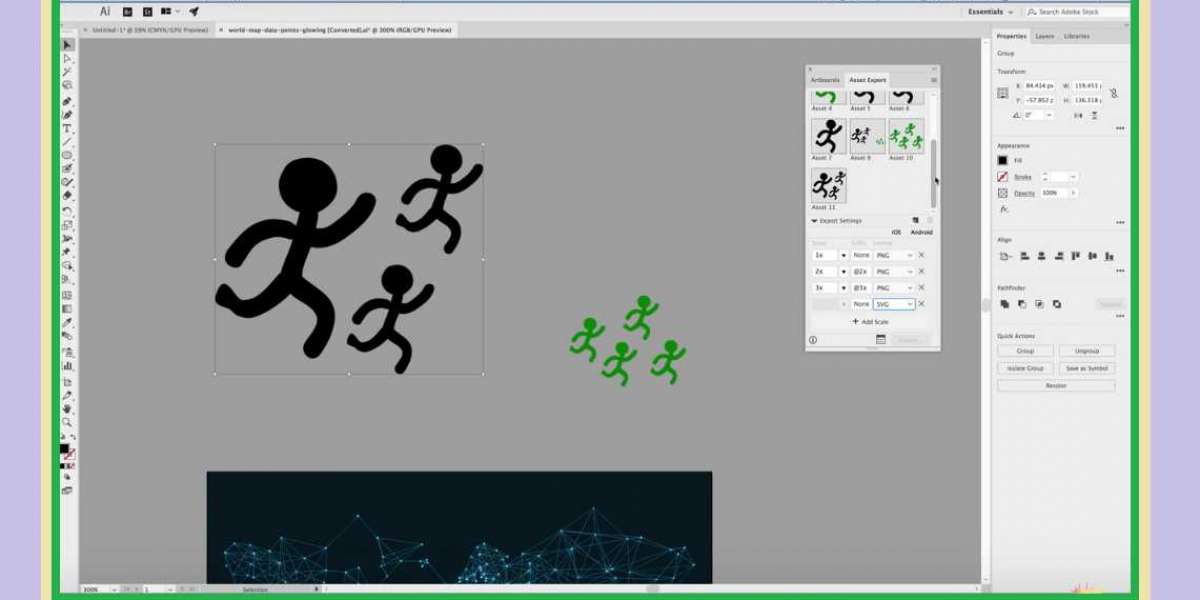Are you tired of watching your hair thin out? Many people experience hair loss, and it can be a frustrating journey to find effective solutions. Enter laser hair replacement therapy—a modern approach that’s gaining traction in the world of hair restoration. But how long does it really take to see results from this innovative treatment? In this article, we’ll dive deep into what laser hair replacement therapy involves, the science behind it, and what factors could influence your individual outcomes. Let’s explore everything you need to know about reclaiming your luscious locks!
What is laser hair replacement therapy?
Laser hair replacement therapy is a non-invasive treatment designed to combat hair loss. It utilizes low-level laser light—also known as cold laser therapy—to stimulate hair follicles and promote growth.
During the session, patients wear a specialized cap or sit under a device that emits the laser light. The procedure is painless and typically lasts around 30 minutes per session.
This technology works by increasing blood flow to the scalp. Improved circulation boosts nutrient delivery to hair follicles, encouraging healthier hair growth over time.
Unlike surgical options, this therapy does not involve incisions or recovery time. It’s suitable for both men and women seeking an effective solution without significant downtime.
As more individuals turn to this method for their hair restoration needs, understanding its benefits becomes essential in making informed decisions about personal care routines.
The science behind laser hair replacement therapy
Laser hair replacement therapy operates on the principle of low-level laser light. This technology stimulates cellular activity in hair follicles, promoting growth and reducing thinning.
When the laser is applied to the scalp, it penetrates skin layers without causing harm. The energy from the laser enhances blood circulation, ensuring that oxygen and nutrients reach hair follicles more effectively.
Studies suggest that this increased flow can awaken dormant follicles. As a result, they enter a growth phase known as anagen, which may lead to thicker and healthier hair strands over time.
Additionally, lasers are believed to reduce inflammation in the scalp area. Less inflammation often correlates with improved conditions for hair regrowth.
This combination of stimulation and healing makes laser therapy an appealing option for those seeking a non-invasive solution to hair loss challenges.
Factors that can affect the results of laser hair replacement therapy
Several factors can influence the effectiveness of laser hair replacement therapy.
First, individual hair loss patterns play a significant role. Genetics and existing conditions can determine how well one responds to treatment.
Age is another critical factor. Younger individuals may experience quicker results compared to older adults whose hair follicles might be less responsive.
The frequency and consistency of treatments also matter. Sticking to a regular schedule enhances outcomes, while irregular sessions can delay progress.
Additionally, overall health has an impact too. A balanced diet rich in vitamins contributes positively to hair growth.
Hormonal changes or imbalances can hinder results. Conditions like thyroid disorders often complicate the effectiveness of any hair treatment regimen.
How long does it typically take to see results?
The timeline for seeing results from laser hair replacement therapy varies among individuals. Generally, noticeable changes can begin to emerge around 12 weeks post-treatment.
At first, patients might experience minimal improvements. This initial phase is often marked by subtle signs of hair thickening and slight regrowth. With continued sessions, more significant results typically become apparent by six months.
For many, a full year may be necessary to achieve optimal outcomes. Consistency in treatment plays a crucial role in this process.
Regularly attending scheduled sessions enhances the likelihood of success and faster visible changes.
Patience is essential as everyone’s response to therapy differs based on unique factors such as hair type and overall health.
Monitoring progress with before-and-after photos can provide motivation throughout the journey.
Before and after photos of individuals who have undergone laser hair replacement therapy
Before and after photos serve as powerful testimonials for laser hair replacement therapy. They vividly illustrate the potential transformation many individuals experience through this innovative treatment.
In these images, noticeable changes in hair density and overall appearance become apparent. Clients often showcase thicker, fuller locks that reflect a renewed sense of confidence.
Many people share their stories alongside these visuals, highlighting not just physical changes but emotional ones too. The joy of regaining lost hair can spark significant boosts in self-esteem.
While results vary from person to person, these compelling comparisons provide hope for those struggling with hair loss. They remind us that progress is possible and encourage others to explore this effective solution.
Tips for maximizing results from laser hair replacement therapy
To get the most out of laser hair replacement therapy, consistency is key. Attend all scheduled sessions without missing appointments. This helps maintain momentum in your treatment.
Pairing therapy with a healthy lifestyle can enhance results significantly. Focus on a balanced diet rich in vitamins and minerals. Nutrients like biotin and zinc play vital roles in hair health.
Stay hydrated as well; drinking plenty of water supports overall skin and scalp condition, which contributes to follicle health.
Avoid harsh chemicals or heat styling tools during your treatment period. These can weaken hair strands and might counteract the benefits you’re gaining from therapy.
Regularly communicate with your practitioner about any changes or concerns you experience along the way. This ensures that adjustments to your plan are made when necessary for optimal outcomes.
Alternative options for hair loss treatment
When exploring options for hair loss treatment, there are several alternatives to consider beyond laser hair replacement therapy.
Medications like minoxidil and finasteride offer non-invasive routes. Minoxidil is available over the counter, while finasteride requires a prescription. Both have shown effectiveness in stimulating hair growth.
Hair transplant surgery is another popular choice. This procedure involves relocating hair follicles from denser areas to balding spots, yielding permanent results.
Some individuals turn to natural remedies such as essential oils or herbal supplements. While scientific backing varies, many find comfort in these holistic approaches.
Scalp micropigmentation has gained traction too. This technique creates the illusion of fuller hair by mimicking the appearance of shaved follicles on the scalp.
Exploring different methods allows you to make informed choices tailored to your specific needs and preferences. Each option presents unique benefits worth considering before committing to a treatment plan.
Conclusion
Laser hair replacement therapy is gaining popularity as an effective solution for those experiencing hair loss. Understanding how it works and what influences its effectiveness can help set realistic expectations.
Seeing results from laser hair replacement therapy varies among individuals. While some may notice improvements in just a few weeks, others might take several months to see significant changes. Factors like age, the extent of hair loss, and individual response to treatment play crucial roles in this timeframe.
Before committing to any treatment plan, it's wise to compare different options available on the market. Exploring alternative treatments can provide a comprehensive view of what's best suited for your needs.
As you embark on this journey towards fuller hair, remember that patience is key. Consistency with treatments and following professional advice will enhance your chances of success. Embracing a holistic approach that includes proper nutrition and stress management can also contribute positively to your overall experience with laser hair replacement therapy.
With dedication and care, many have witnessed transformative results that boost not only their appearance but also their confidence. The path may be unique for everyone, but hope remains constant through each step taken toward healthier-looking hair.







